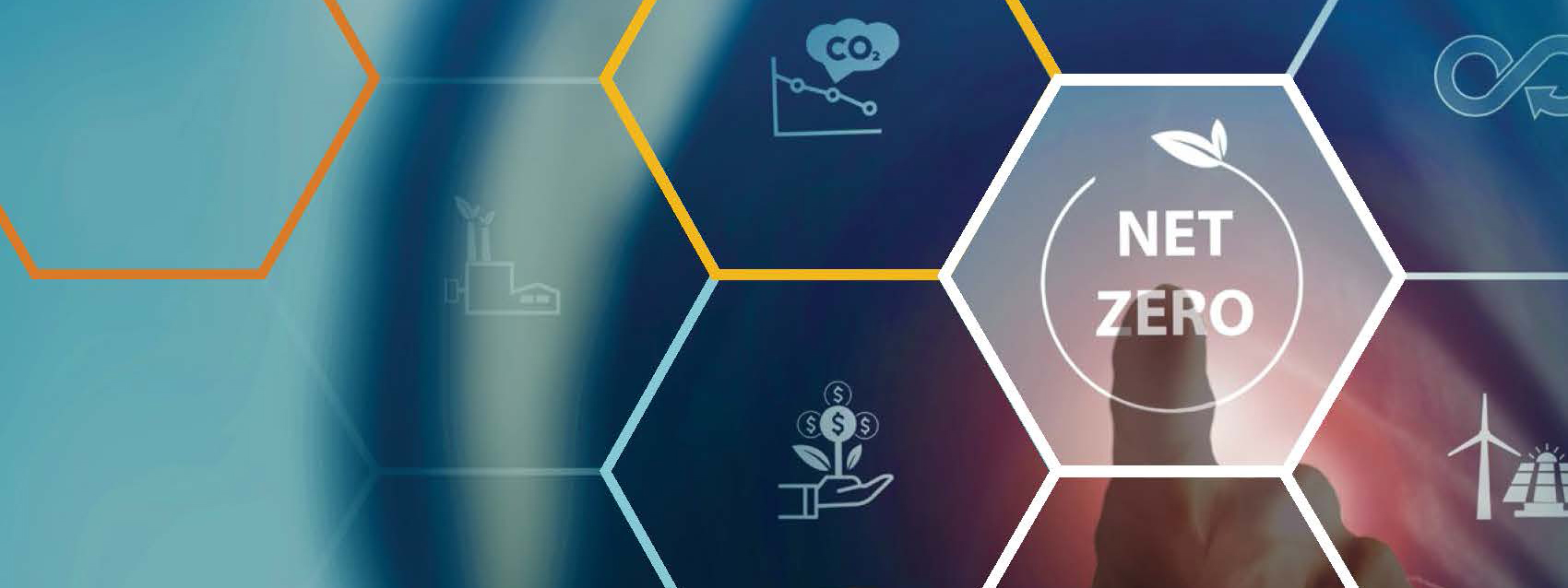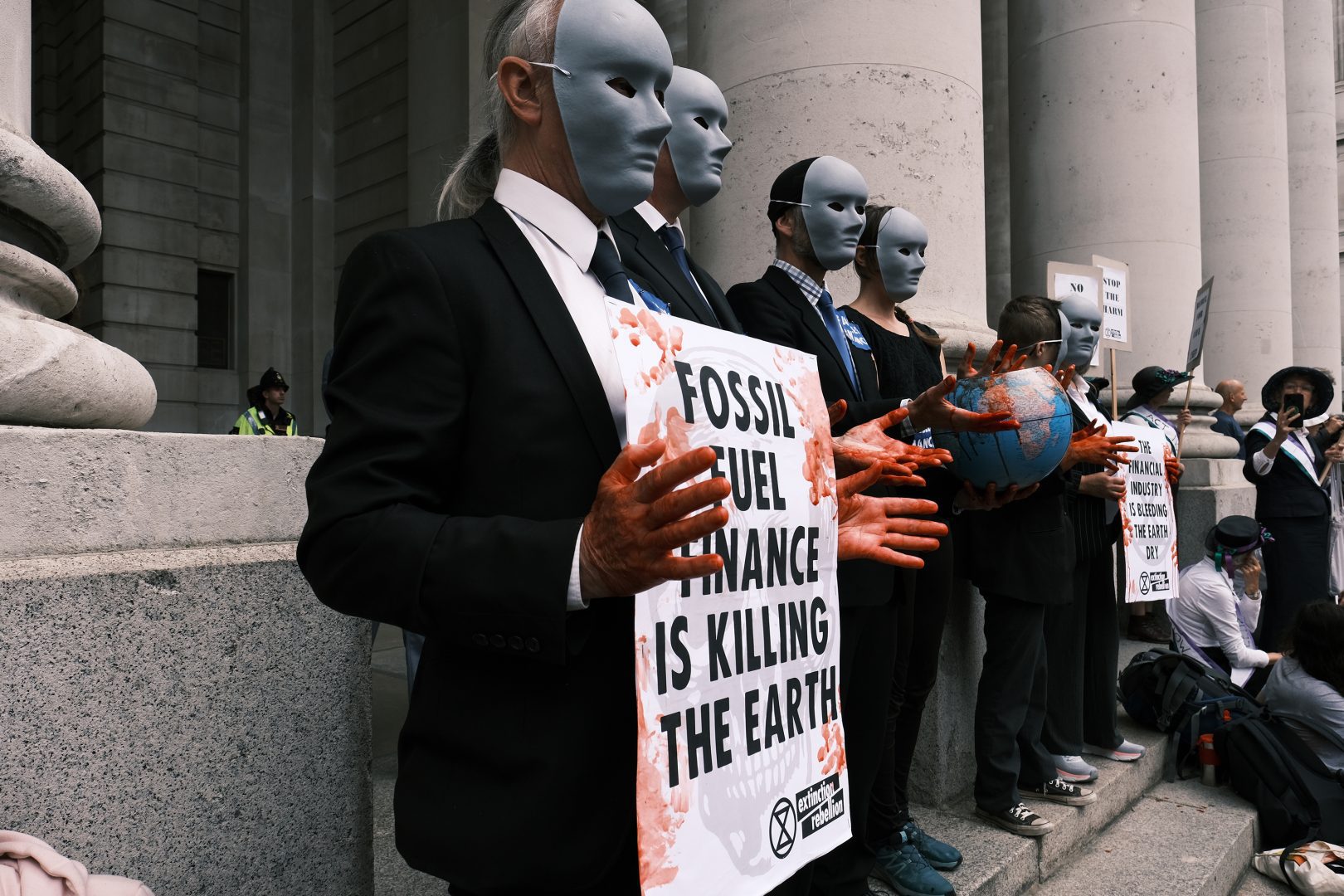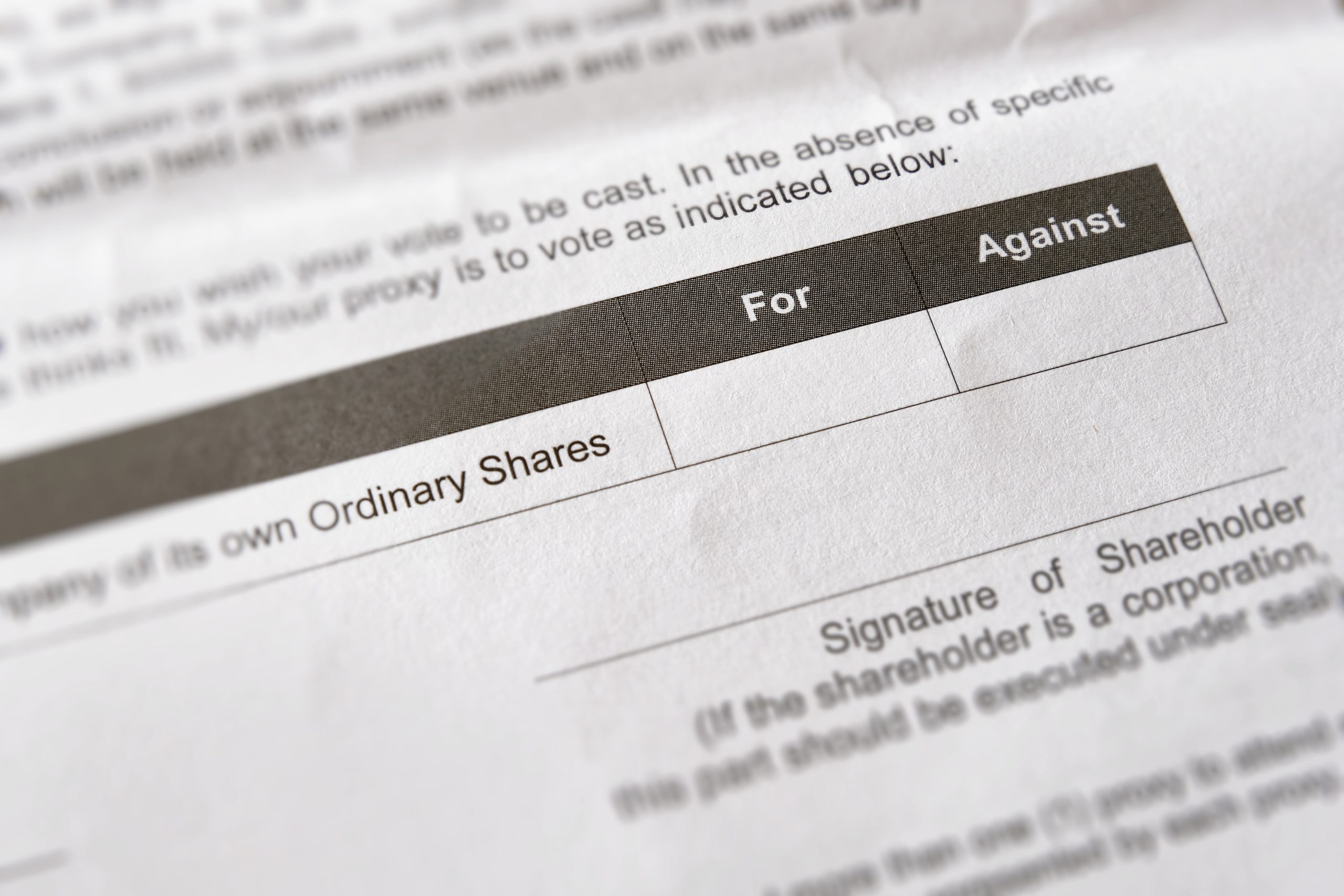Investors Welcome New EPA Rules Designed to Significantly Reduce Methane Emissions
Federal regulations designed to mitigate methane leaks and flaring from oil & gas operations seen as one of the fastest, most effective ways to combat climate change.
NEW YORK, NY, TUESDAY, NOVEMBER 2ND, 2021 – Investors welcomed today’s announcement from the Environmental Protection Agency (EPA) regarding proposed rules meant to drastically cut methane pollution from oil & gas production. The rules are significant in that they impose regulations to prevent methane leaks by enforcing operational updates at thousands of existing oil and gas well sites as well as strengthening rules for new facilities. Once finalized, the EPA expects the new rules could remove 41 million tons of methane emissions from the atmosphere from 2023 to 2035, or the equivalent of 920 million metric tons of carbon dioxide.
Methane is a greenhouse gas 80 times more potent than CO2 over a 20-year timespan and is estimated to be driving more than a quarter of man-made global warming today. Last month’s IPCC report identifies methane pollution as one of the key drivers of climate change and underscores the urgent need for protective action to reduce methane emissions and limit global warming. But beyond its destructive climate impacts, methane emissions also carry serious public health risks. These emissions are frequently accompanied by pollutants such as benzene and hydrogen sulfide, known to be carcinogens and to cause asthma and other health conditions.
The EPA’s new rules effectively restore Obama-era methane regulations and are part of the Biden administration’s Methane Emissions Reduction Action Plan. The rules will also fulfill U.S. commitments under the Global Methane Pledge, which aims to cut methane pollution 30% worldwide by 2030. Investors say the regulations are critical to avoid the systemic risks climate change poses to the global economy and investment portfolios. While the investors say the proposed rules are important to advance progress on methane, they caution that the final rules must reflect stronger standards for monitoring across smaller, leak-prone wells and address the wasteful and harmful practice of flaring. Routine flaring, for example, not only represents a significant source of emissions from the oil and gas sector, it is an issue that can be cost-effectively addressed.
“Strong methane regulations, including those to reduce routine flaring, will help create a level playing field for the oil and gas industry by bringing industry action more into alignment and will set a clear floor for methane mitigation and abatement that helps the industry avoid possible reputational risks,” said Anna Falkenberg, Executive Director, Socially Responsible Investment Coalition (SRIC), located in San Antonio, Texas. “Investors and civil society are setting expectations to eliminate flaring and have shown support for policies to achieve zero routine flaring, and industry would benefit from regulations that reflect these expectations.”
The investors also say the rules must cover “marginal wells”, low-producing wells which contribute less than 6% of U.S. oil and gas production, but which comprise up to 80% of the nation’s existing oil and gas sites (some 560,000 wells). These low-producing wells contribute substantially to methane emissions. Despite their small production volume, research from the Environmental Defense Fund (EDF) in the Permian Basin for instance, indicates that these marginal wells account for nearly half of observable emissions. Marginal wells are overwhelmingly owned by large companies with more than enough resources to take commonsense steps to reduce emissions. An EDF analysis found that over 75% of marginal wells are owned by companies holding over 100 wells, with average gross revenues of nearly $335M.
“There is a strong business case for setting high standards on methane emissions in the oil and gas industry,” said Luan Jenifer, President, Miller/Howard Investments. “These standards must cover all significant sources of methane emissions, including low-producing and marginal wells which are responsible for an outsized share of the industry’s methane emissions. Ambitious standards that apply comprehensively at both new and older facilities will benefit all stakeholders—investors, businesses, communities, and the environment.”
“ICCR members have been successfully engaging companies and federal and state agencies on the need for strong methane management and disclosure, supported by effective regulation, for the past six years. The best-managed oil & gas companies, recognizing both the business case and reputational risk to the industry, are now are in favor of some level of regulation,” said Christina Herman, ICCR Program Director for Climate and Environmental Justice. “ICCR welcomes the EPA’s proposal to cut methane pollution from both new and existing oil and gas facilities, and we look forward to participating in the comment period to ensure the final regulations are as comprehensive and effective as possible.”
About the Interfaith Center on Corporate Responsibility (ICCR)
Celebrating its 50th year, ICCR is the pioneer coalition of shareholder advocates who view the management of their investments as a catalyst for social change. Its 300-member organizations comprise faith communities, socially responsible asset managers, unions, pensions, NGOs, and other socially responsible investors with combined assets of over $4 trillion. ICCR members engage hundreds of corporations annually to foster greater corporate accountability. Visit our website www.iccr.org and follow us on Twitter, LinkedIn, and Facebook.











